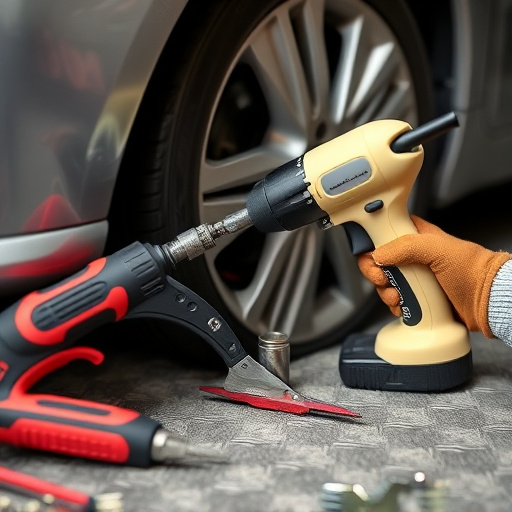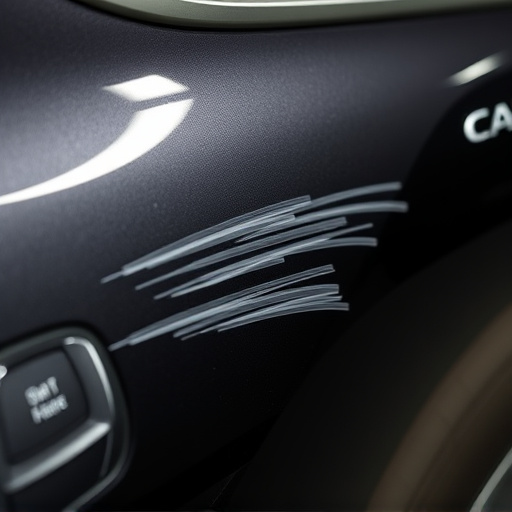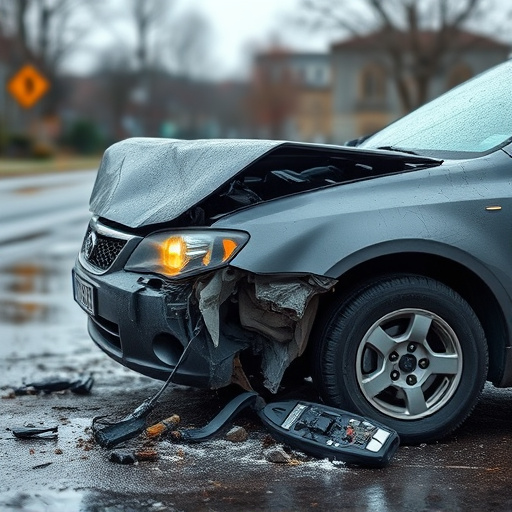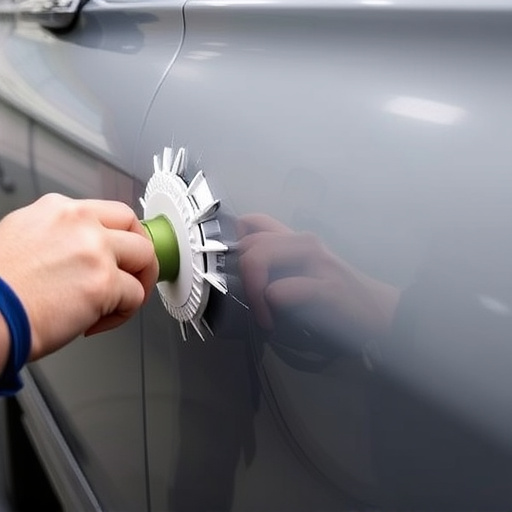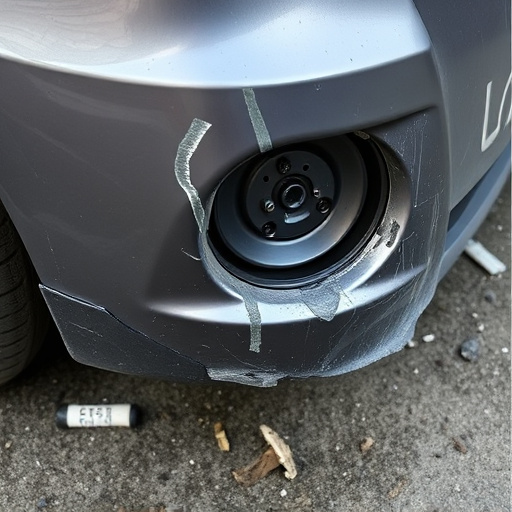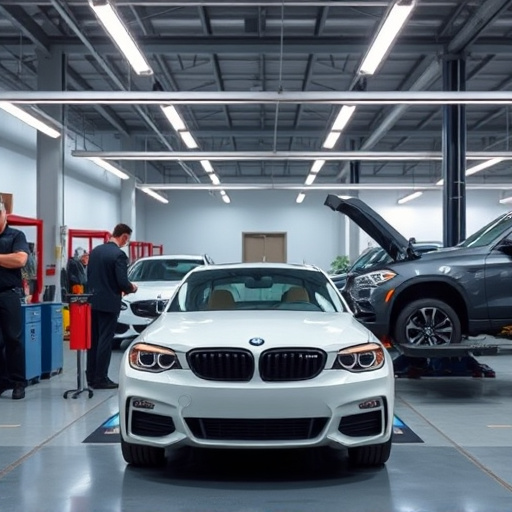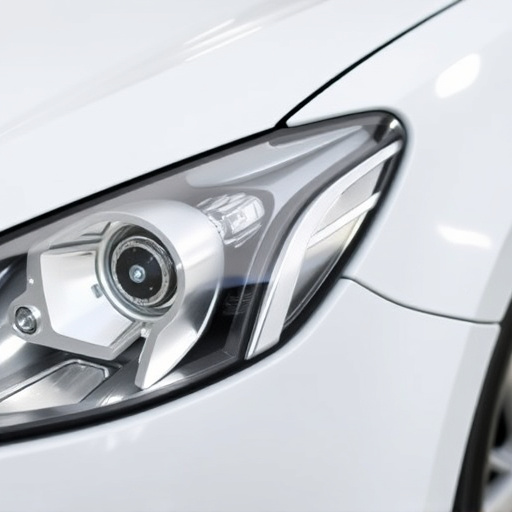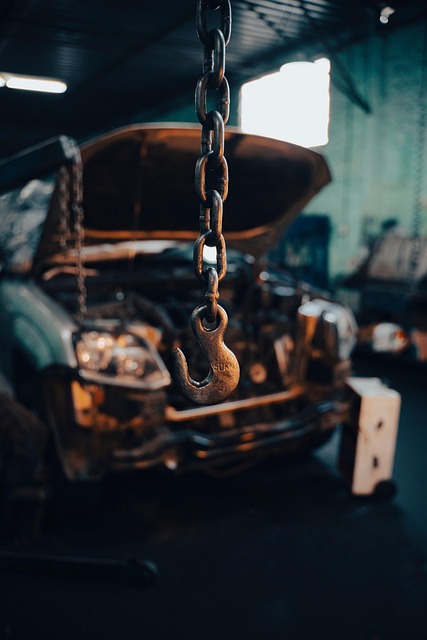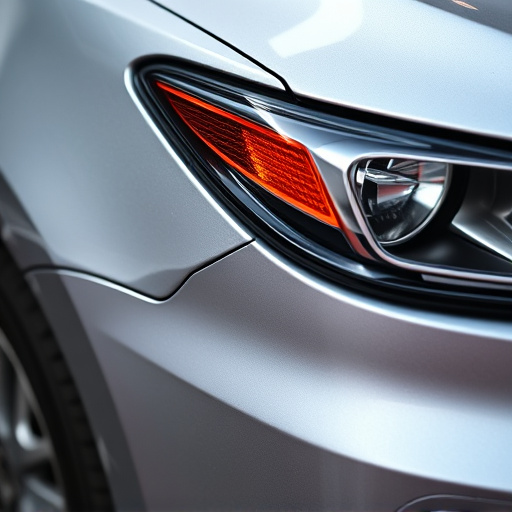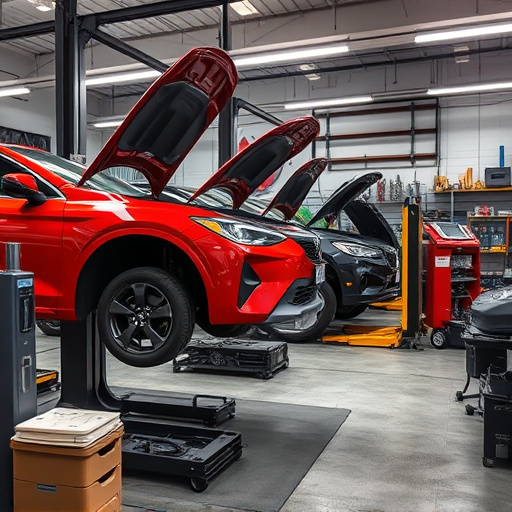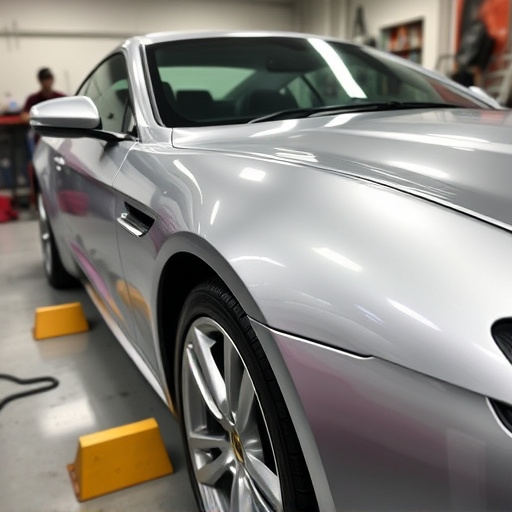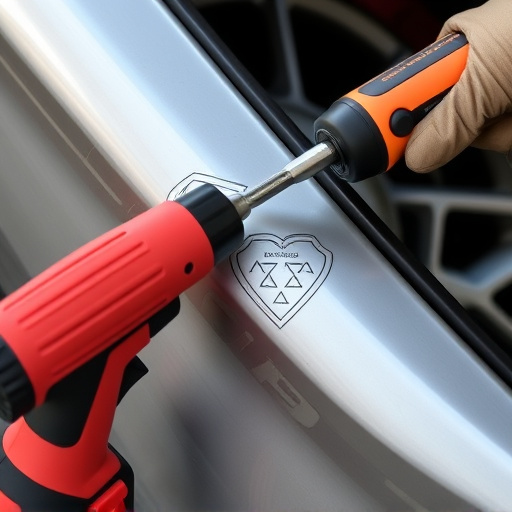Tesla's remote diagnostics post-repair empower owners and collision repair shops to monitor and assess vehicle performance in real-time, even remotely. Calibration alerts are a key feature, alerting to potential issues due to repairs like dent removal or structural fixes. Precise work during repairs is crucial to avoid calibration problems. These tools help maintain optimal vehicle performance, especially in complex electric systems, by enabling remote monitoring, calibration, and swift addressing of discrepancies.
Tesla vehicles are equipped with advanced remote diagnostics capabilities, which can actively monitor performance even post-repair. While this feature offers numerous benefits, it’s not without its quirks; one such issue is the sudden appearance of calibration alerts. This article delves into understanding these alerts, exploring potential causes arising from repairs, and providing troubleshooting tips to ensure optimal vehicle performance. By familiarizing yourself with Tesla remote diagnostics after repair, you can proactively maintain your electric vehicle.
- Understanding Tesla Remote Diagnostics and Calibration Alerts
- Potential Causes of Calibration Issues Post-Repair
- Troubleshooting and Preventive Measures for Optimal Vehicle Performance
Understanding Tesla Remote Diagnostics and Calibration Alerts

Tesla remote diagnostics after a repair can be a powerful tool for vehicle owners and collision repair shops alike. By leveraging advanced technology, Tesla’s system allows for real-time monitoring and assessment of a car’s performance even when it’s not physically present at a service center. This capability includes the ability to detect subtle issues or deviations from optimal settings, which might otherwise go unnoticed during routine checks.
Calibration alerts are a significant feature within this diagnostic framework. These alerts signal potential problems with sensor accuracy or system performance, such as those that could arise from a recent car dent repair or collision repair services. Prompt action on these alerts can prevent more serious issues down the line, ensuring the vehicle operates at peak efficiency and safety standards, especially after repairs like a dent removal or structural fixes in a collision repair shop.
Potential Causes of Calibration Issues Post-Repair

After a repair, various factors can contribute to calibration issues with Tesla vehicles when remote diagnostics are performed. One common cause could be related to the auto bodywork itself; during collision repair or any extensive auto body shop work, adjustments made to the frame or panel alignment might inadvertently disrupt the vehicle’s sensor calibration. Even minor misalignments can trigger inaccurate readings and alerts from Tesla’s advanced systems.
Another potential source of problems is the integration of replacement parts. If new components, such as sensors or control units, are installed during the repair process, ensuring they are properly configured and synchronized with the vehicle’s computer system becomes crucial. Inaccurate settings or communication issues between these parts can lead to calibration errors when remote diagnostics are triggered after repair, causing various systems to report discrepancies that require attention from technicians.
Troubleshooting and Preventive Measures for Optimal Vehicle Performance
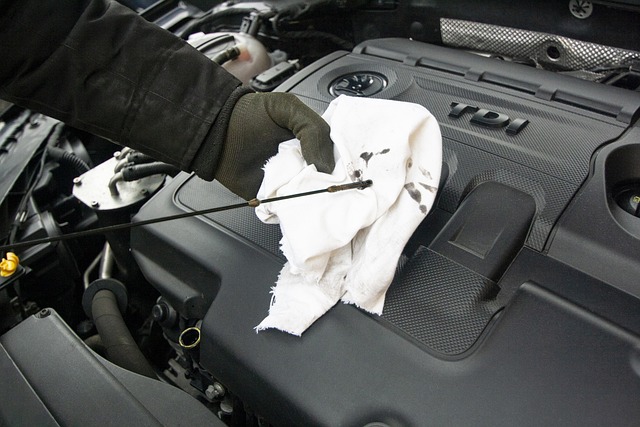
After a vehicle repair, especially with complex systems like electric cars from Tesla, troubleshooting and preventive measures are crucial for optimal performance. One critical aspect is leveraging Tesla remote diagnostics tools post-repair. These advanced features allow technicians to monitor and calibrate various components remotely, ensuring precision and efficiency. By utilizing real-time data, any discrepancies or alerts can be swiftly addressed before they escalate into larger issues.
For instance, calibration alerts triggered by remote diagnostics can pinpoint problems in sensor readings, battery management systems, or driving dynamics. Preventive measures include regular software updates to address known issues, routine checks on critical systems, and maintaining a clean and secure vehicle environment to prevent unauthorized access—all contributing to the overall health of the auto body and electrical systems.
Tesla remote diagnostics after repair play a crucial role in maintaining optimal vehicle performance. By understanding how these systems work and addressing calibration issues promptly, owners can ensure their cars remain in top shape. Regular checks and proactive troubleshooting are key to avoiding costly repairs down the line, making it essential to stay informed about potential causes of calibration problems post-repair.
